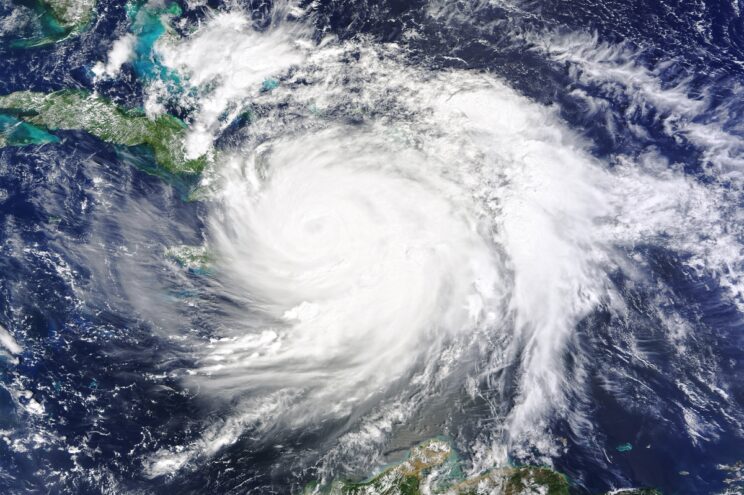
At what point does weather become history? For Jamaica, Hurricane Melissa has long since secured its place in the record books-not just for its ferocity but for the profound human and infrastructural toll it has left in its wake. Striking as a high-end Category 5 with sustained winds of 185 mph, Melissa carved a swath through coastal communities, with whole towns like Black River being rendered almost unrecognizable.
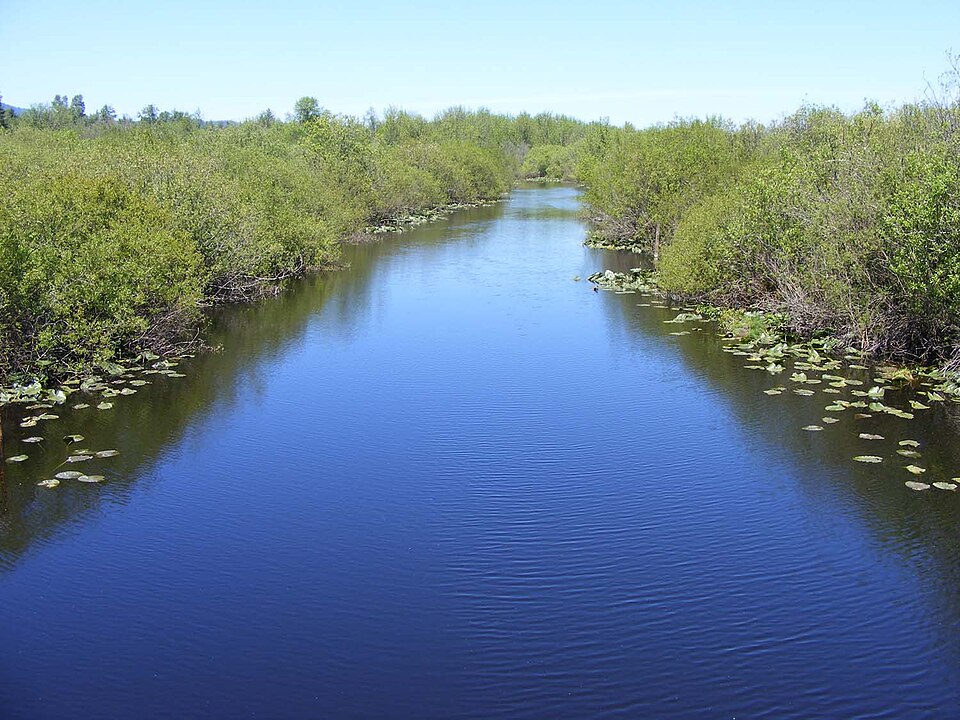
1. Black River: Ground Zero
Black River, which is in the parish of St Elizabeth, bore the full force of Melissa’s landfall. “The whole town is devastated,” Mayor Richard Solomon said, with storm surges as high as 16 feet and most buildings losing their roofs. Roads were blocked by landslides; supermarkets and bakeries were destroyed, and critical services – police, fire, and hospital facilities – were “immensely damaged.” A relief container was overturned, damaging its contents. Prime Minister Andrew Holness estimated, after an aerial tour, that 80 to 90 percent of roofs were gone in that area and called the town “totally destroyed.”
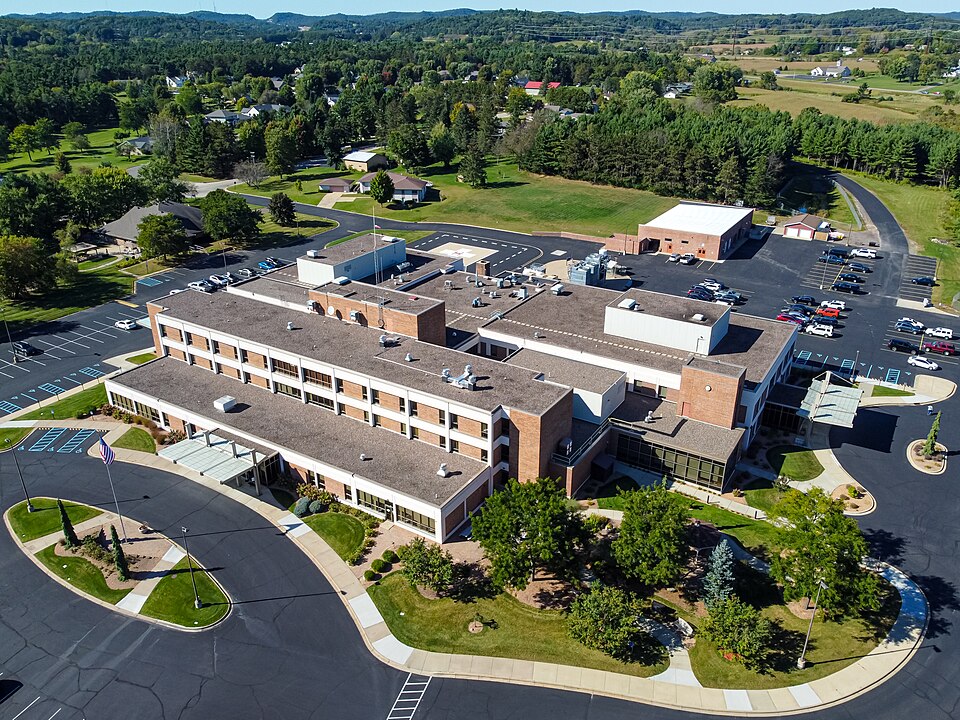
2. Hospitals and Emergency Services Crippled
The Black River Hospital was reduced to rubble, while St Elizabeth’s only public hospital lost power and its roof, necessitating an evacuation. Superintendent Coleridge Minto of the Jamaica Constabulary Force confessed, “We are immobile our police units are down, and we are unable to conduct any rescues.” With the Emergency Operation Center itself suffering damage, search-and-rescue teams were slow to take action, while communication lines with some communities were severed completely.
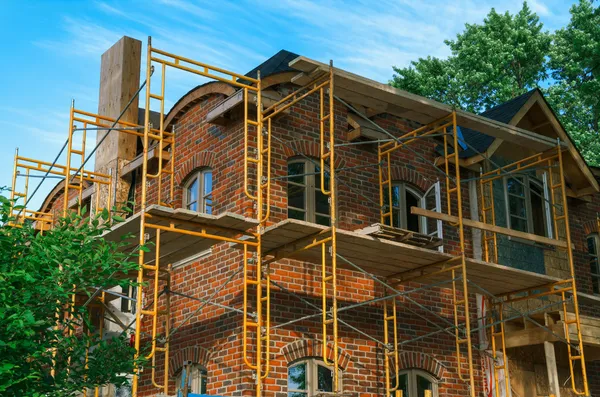
3. Compounded Recovery Struggles
Melissa hit parts of Jamaica that were still recovering from Hurricane Beryl, which hit in 2024 and devastated St Elizabeth’s fishing and agricultural sectors. “Emotionally and mentally, we now have to start all over again,” said Esther Pinnock of the Jamaica Red Cross. This double blow has deepened economic hardship and emotional strain among residents.
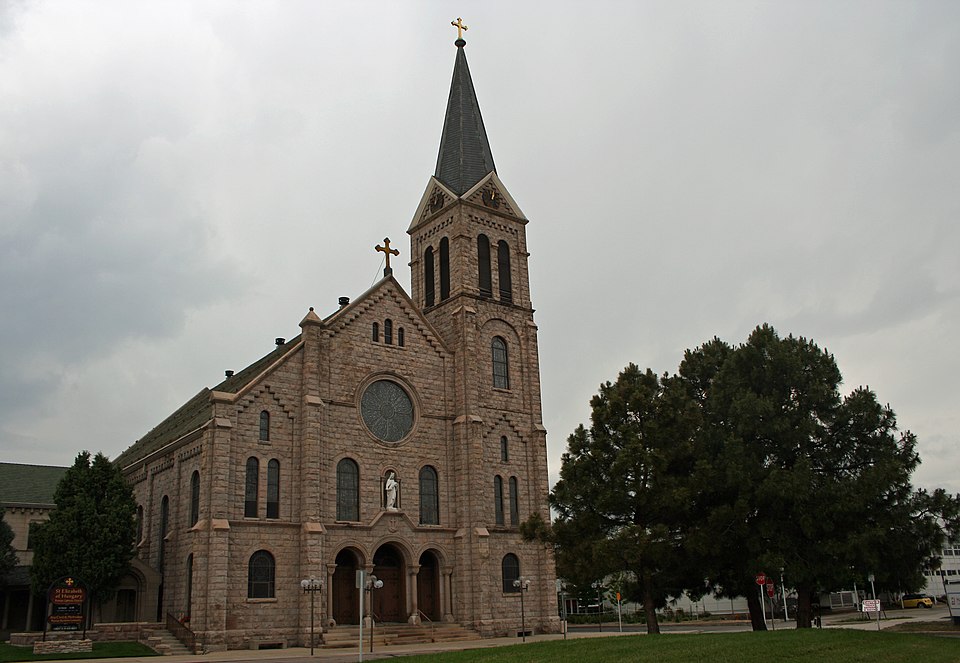
4. Human Impact and Loss
Though official death counts remain incomplete, local authorities have confirmed at least five deaths in Black River and four deaths in St Elizabeth Parish. Stories coming from survivors are harrowing: the case of 73-year-old farmer Verna Genus, who lost her roof while huddling for safety with her family; Kabien Watson, who is staying in her roofless, flooded home because she does not believe that public shelters can be safe for her children. In Santa Cruz, residents used machetes to cut paths through debris just to check in on loved ones.
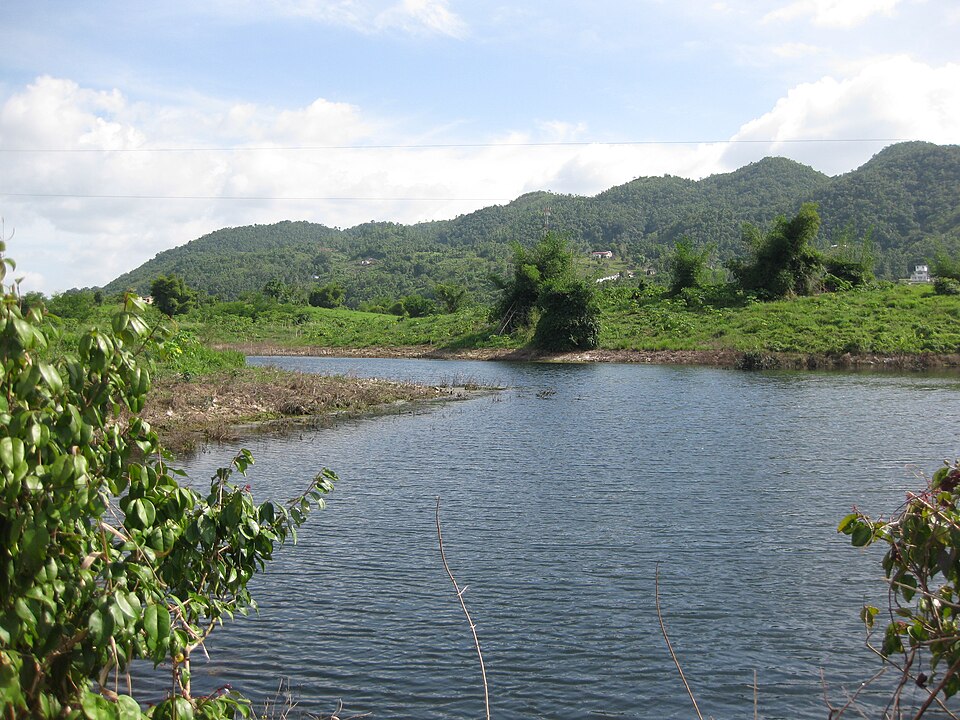
5. Wider Island Devastation
Three quarters of Jamaica remains without power, and much of the countryside is still underwater. Montego Bay’s port and industrial facilities were inundated, splitting the city in two. In Alligator Pond, residents spoke of picking up tools to rebuild, despite the destruction of crops and homes. The United Nations warned of looming food insecurity, as Jamaica’s “breadbasket” regions saw fields and produce wiped out.
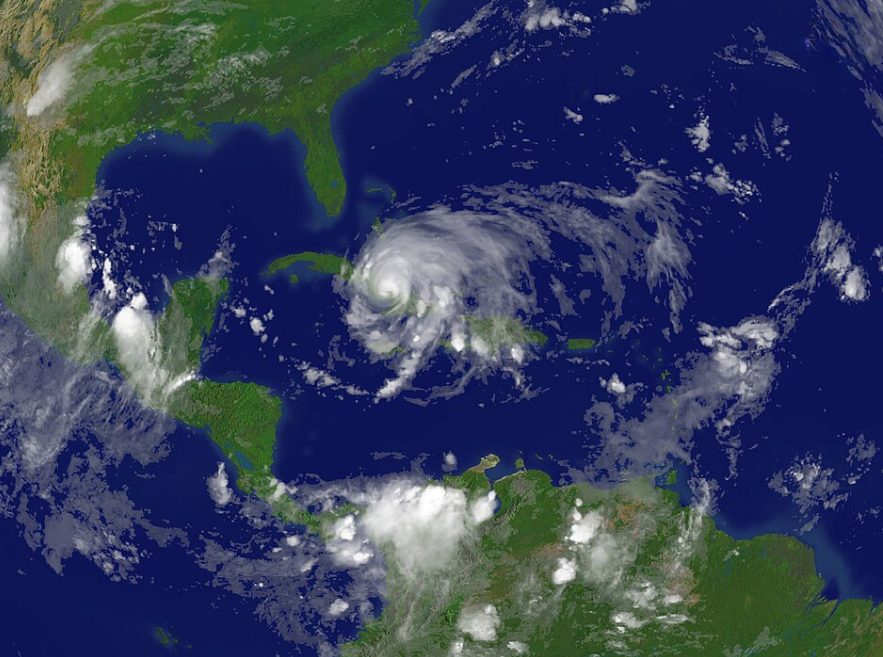
6. Regional Impact
Melissa’s wrath did not stop at Jamaica: Cuba endured a Category 3 landfall – President Miguel Díaz-Canel termed the damage “significant.” Haiti, which did not bear the full brunt of the hurricane, reported deadly flooding – with 23 confirmed deaths in Petit-Goâve after a river burst its banks. The Bahamas undertook evacuations on six islands with the storm nearing.

7. Relief and International Aid
International support has started to come in: the UK pledged £2.5 million in humanitarian aid; China flew “family kits” into Cuba; and the US sent urban search-and-rescue teams, as well as food, water, and medical supplies. The Jamaican government launched an official relief website that tracks flooding, blockages of roadways, and shelter locations. Grassroots efforts such as a fundraising drive from rapper Sean Paul, which matches donations up to $50,000 demonstrate community-based support.
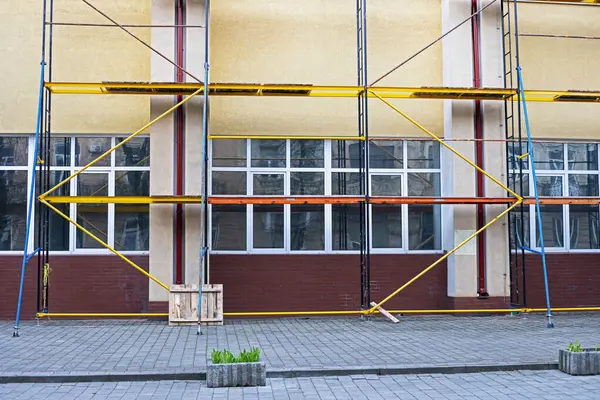
8. Rebuilding with Resilience
Recovery will involve much more than physically rebuilding structures. Lessons learned from regional preparedness campaigns emphasize inclusive communication mechanisms to ensure that vulnerable groups receive specific safety information. For the small island nations, post-hurricane reconstruction, in a case of this magnitude, has always been about hardening key infrastructure against potential Category 5 events in the future-repairing hospitals, securing water systems, and reinforcing coastal defenses.
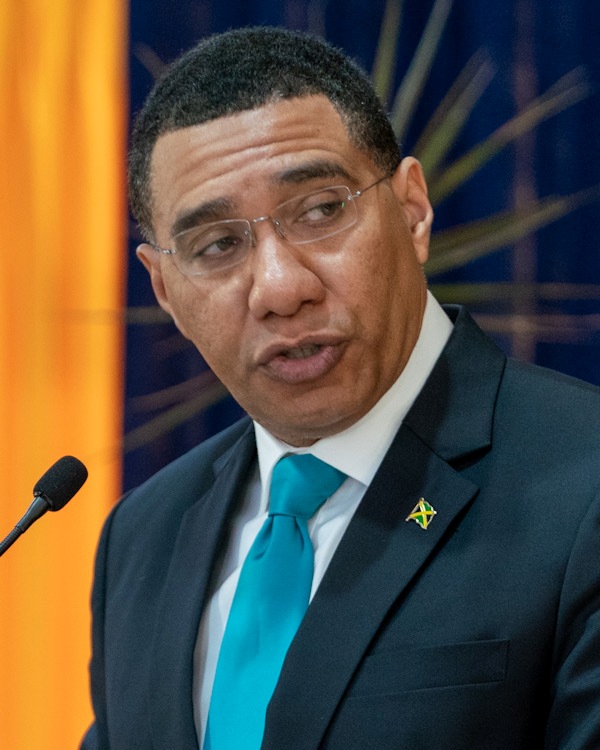
Prime Minister Holness urged citizens to “keep hope alive” and envision a stronger future, even amid the ruins. As Holness noted, the Jamaican spirit is undaunted. Against a background of apocalyptic scenes, offers of shelter from strangers, machete-cleared paths to check on loved ones, and the rapid mobilization of aid, all speak to how resilience is as much community as it is concrete and steel.


